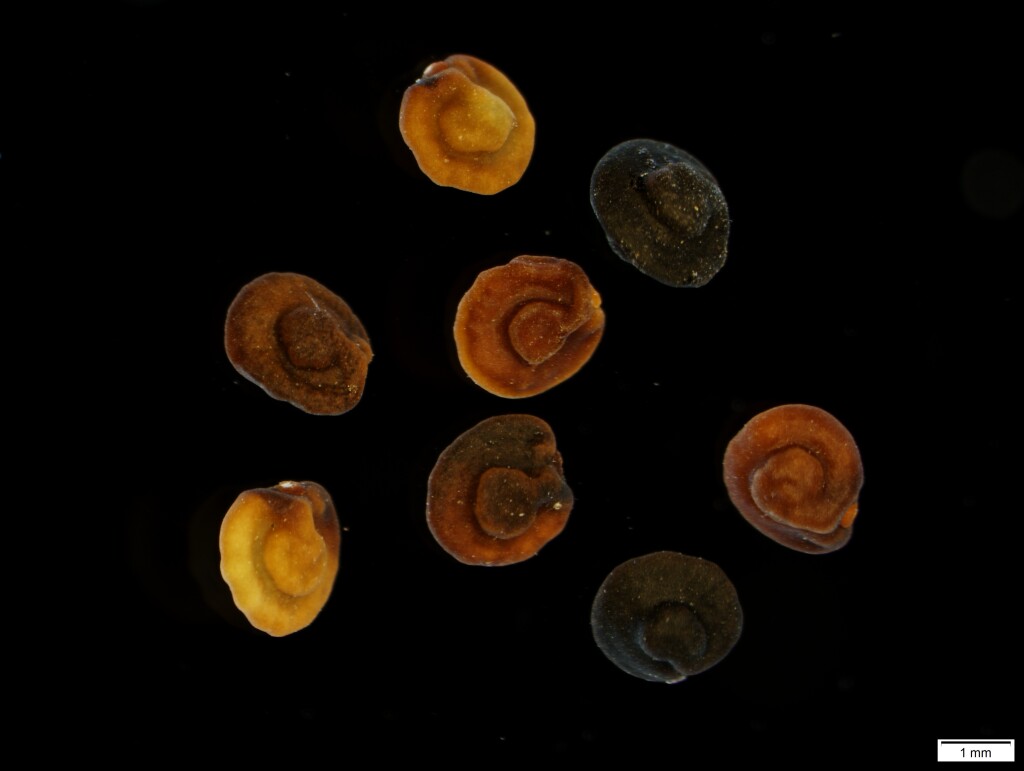Sapindaceae
Trees, shrubs, climbers (not in Victoria), or rarely herbaceous (not in Victoria); dioecious or monoecious, rarely polygamous, evergreen or deciduous. Leaves alternate or opposite, simple or pinnate, usually petiolate, exstipulate. Inflorescence terminal, axillary or ramiflorous, usually thyrsoid, paniculate or cymose-racemose, sometimes solitary or fasciculate. Flowers small, usually regular, unisexual or bisexual, usually pedicellate, bracts present; sepals 4–10, fused (usually) or free, imbricate or valvate; petals present or absent, (0)4–6, free; disc present (in Victoria) or absent; stamens 4–12(–74 outside Victoria), usually 8, inserted within or on disc, free, reduced in females, exserted in males, anthers 2-locular, longitudinally dehiscent; ovary superior or half-inferior, 1–8-locular, rudimentary in males, ovules 1 or 2 per loculus, style 1, entire or with 2- or 3-lobed stigma, or styles 2. Fruit a drupe (not in Victoria), schizocarp, or more often a capsule and then dehiscence loculicidal, septicidal or irregular, or sometimes via valves breaking away from septa; seeds with or without aril.
Now includes Aceraceae and Hippocastanaceae (the latter not naturalised in Victoria).
About 145 genera with c. 1900 species, predominantly tropical and sub-tropical, with a major centre of diversity in South-east Asia; 30 genera and c. 190 species in Australia.
Many species are cultivated for attractive foliage, flowers or edible fruits. Some of the more popular fruits include the Lychee (Litchi chinensis Sonn.), the Rambutan (Nephelium lappaceum L.) and the Longan (Dimocarpus longan Lour. subsp. longan). Jagera pseudorhus (A.Rich.) Radlk. (Foambark Tree) has been used as a fish poison by Aboriginal people in Queensland and New South Wales. Maples (Acer spp.) are widely grown, particularly for their colourful autumn foliage.
Duretto, M.F. (1999). Sapindaceae. In: Walsh, N.G.; Entwisle, T.J., Flora of Victoria Vol. 4, Cornaceae to Asteraceae, pp. 139–149. Inkata Press, Melbourne.
 Spinning
Spinning


